India is known as the land of rivers. There are many rivers that flow through the Indian soil as its veins and nerves and the water flows through these rivers is like blood. When we say rivers in India there are many names come to our mind – Ganga, Yamuna, Brahmaputra and many more. The province of Punjab itself has five famous rivers named Chenab, Jhelum, Ravi, Sutlej and Beas. Every river in Punjab carries its own symbolic importance and significance.
Different rivers have different significance and this post is about 7 sacred rivers of India. These rivers carry traditional importance and also has special place for religious practices. Among the 7 sacred rivers of India the confluence of three sacred rivers – Ganga, Yamuna and the mythological Sarasvati River – Triveni Sangam in Allahabad is of great religious importance. This place is the site for the historic Kumbh Mela that occurs every 12 years and ensembles the gathering of the Sadhus or the holy men from all over India for the holy bath in the Sangam.
River Ganga: Ganga is the most sacred as well as the longest river in India. The river originates form Gomukh (Mouth of Cow) in the Himalayas and flows into the Bay of Bengal. Ganga is also called the National River of India and also the Gange dolphins are called as the National aquatic animal of India. The river has two major dams – the Haridwar dam and the Farakka barrage. One of the longest road bridges in India, Mahatma Gandhi Setu, is also built on Rive Ganga in Patna. Ganga is also called as Hooghly River or Bhagirathi as it flows through the province of West Bengal. Ganga is the most important one as far as 7 sacred rivers of India is concerned.
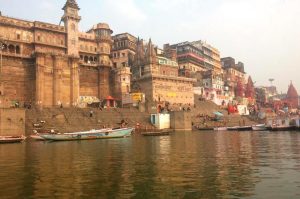
Photo Credit: Travel A Ease
River Yamuna: Yamuna is a major river of Indian subcontinent. The river originates from Yamunotri, again in the Himalayas, and merges with the Ganga River at the Triveni Sangam. Yamuna River has a great significance as far as Hindu religion is concerned because of Gokul and Mathura located on the other banks of the river. One of the Seven Wonders of the World, Taj Mahal, is situated on the bank of Yamuna.
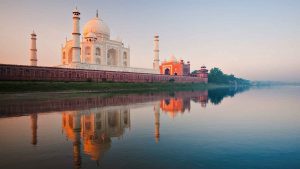
Photo Credit: Share Your Essays
River Sarasvati: Sarasvati River is a mythological river that is believed to be flown in the ancient ages, primarily during the Vedic era. The river does not have a physical existence today. But it is believed that the river flows underground and meets Ganga and Yamuna in the Triveni Sangam in Allahabad.
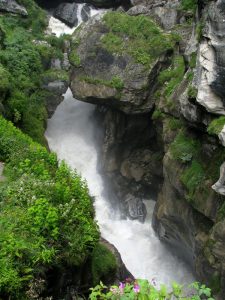
Photo Credit: Indiamike
River Narmada: Narmada River is another holy river in India that originates from the Maikala ranges in Amarkantak, Madhya Pradesh. The river flows between the Vindhya and Satpura ranges and gets merged with the Gulf of Khambhat or Gulf of Cambay, a tributary of Arabian Sea. The valley has several waterfalls. Dhuandhar & Kapiladhara are renowned waterfalls in the valley. The Omkareshwar temple – dedicated to Lord Shiva – is located on the Narmada river bank.
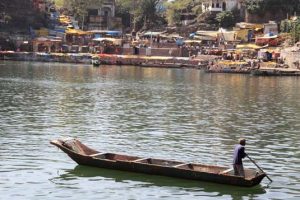
Photo Credit: YoGoYo
River Kshipra: This is another holy river in India and is also called as Shipra River. The river rises from the Vindhya Range and flows across the Malwa Plateau to joins the Chambal River. The holy city of Ujjain is situated on the on the right bank of the river and is famous for one of the 12 Jyotirlingas, the Mahakaleshwar.
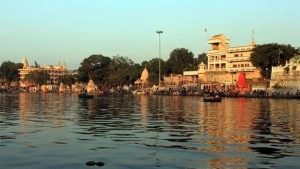
Photo Credit: Travel Planet
River Godavari: The holy river Godavari originates in Trimbak near Nasik and flows towards the Eastern Ghats to finally merge with the Bay of Bengal. Godavari is the second largest river in India and is considered to be one of the big river basins in the country. Godavari is the longest river in south India and is popularly referred to as Dakshin Ganga or the Ganga of the South. The largest earthen dam in India, Jayakwadi dam, is built on this river in Maharashtra.
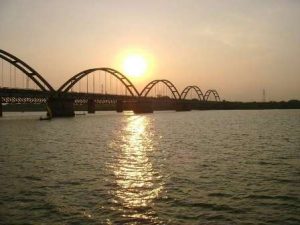
Photo Credit: Freaky Folks
River Kaveri: Cauvery or Kaveri River is extremely popular and a very sacred river in south India. Kaveri River originates from the Brahmagiri Hills and flows to join the Bay of Bengal. The holy river travels through the heartland of the two southern states – Karnataka and Tamil Nadu. An important dam – Mettur dam – is constructed across this river. The beautiful and second biggest waterfalls of India, Shivasamudram falls, is on this river.
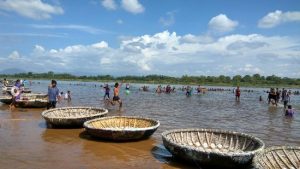
Photo Credit: TripAdvisor
These are the main as well the 7 sacred rivers of India. All these beautiful water bodies are scattered in the different parts of our country and acting as the lifeline for our country.




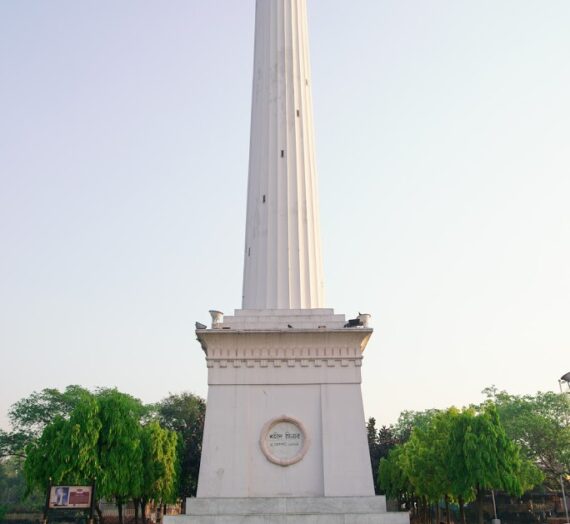

Gleefulblogger
Quite informative post.
Sham
Thank you for reading and commenting. Glad you liked it.
Novemberschild
Water is of special importance in Hinduism. Apart from its life-sustaining properties, holy rivers are immensely used for devoutness. Bathing also has religious significance, a holy bath in the waters of the sacred rivers are believed to absolve all from sins and fear of death. Most rivers are considered female and are personified as goddesses.
Sham
Thank you for that quick note and sharing the useful information.
Rajlakshmi
The fact about River Saraswati is very interesting. Didn’t know it was only a mythical river.
Sham
I also did not know before I made some research about it to curate my post.
Preety Tiwari
#MyFriendAlexa #DelhibloggerReads informative post on biggest rivers in India, Thanks for sharing such information..
Sham
Thanks Preety. I’m glad you liked my post and it could add some value to your knowledge 🙂